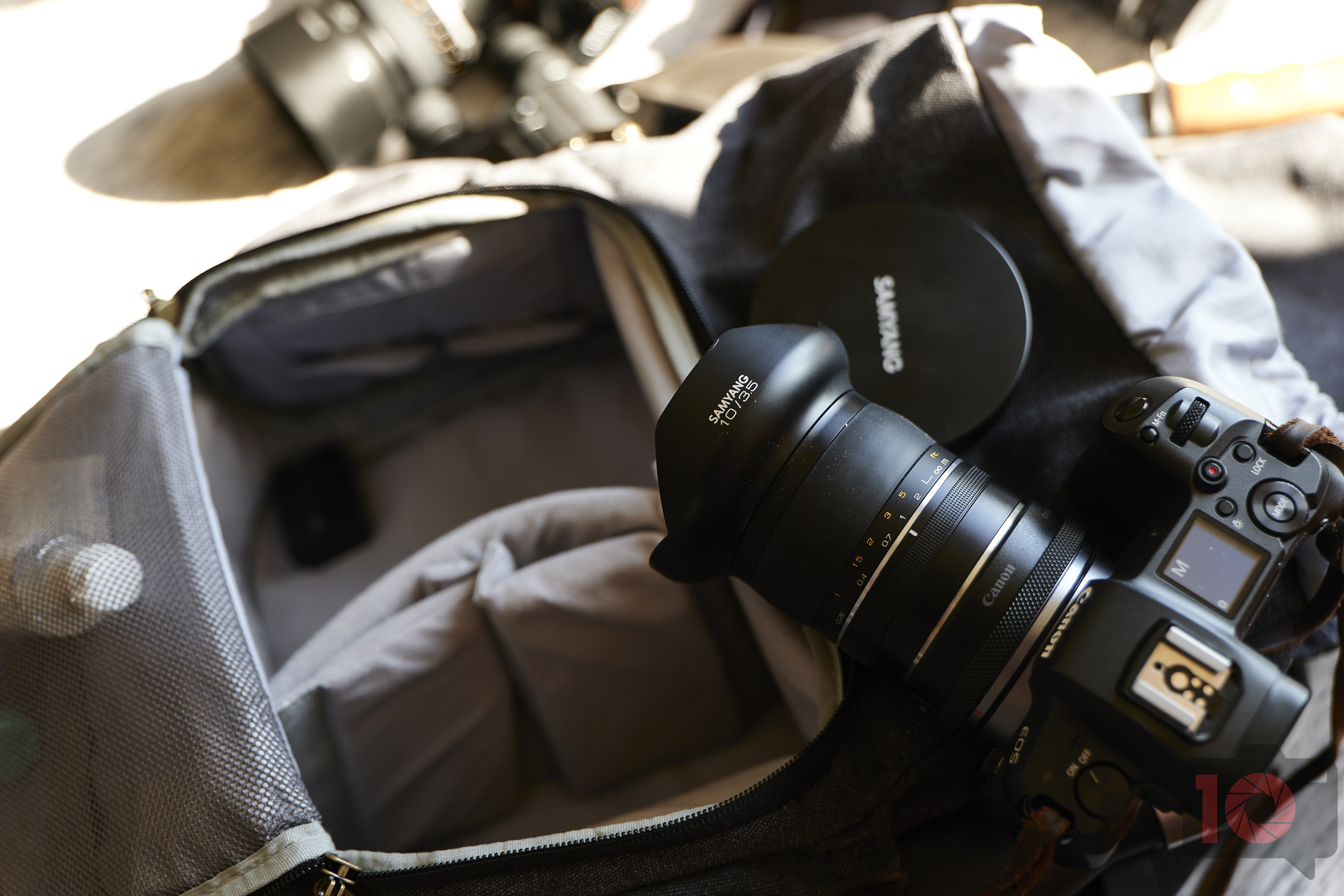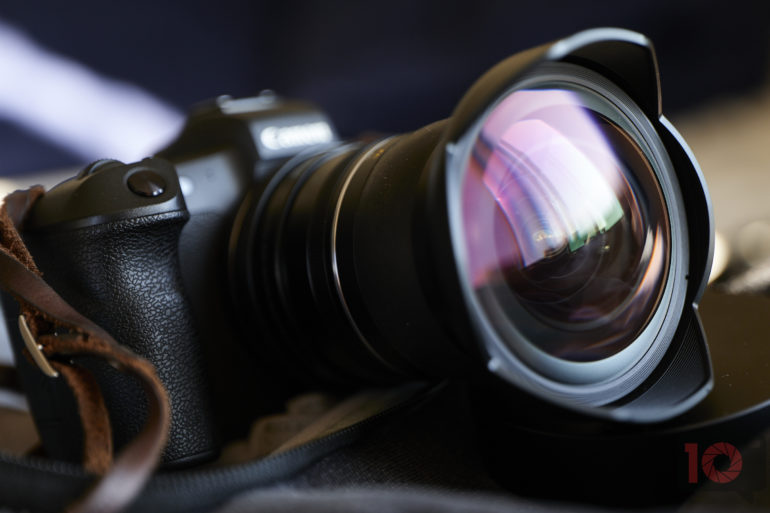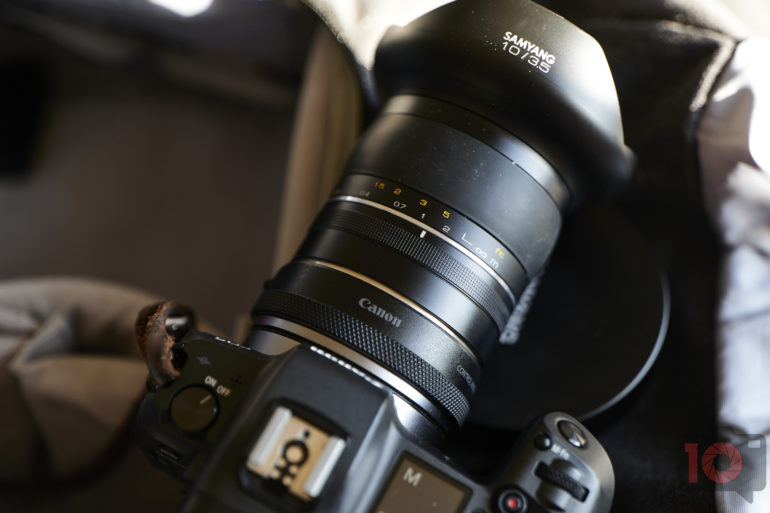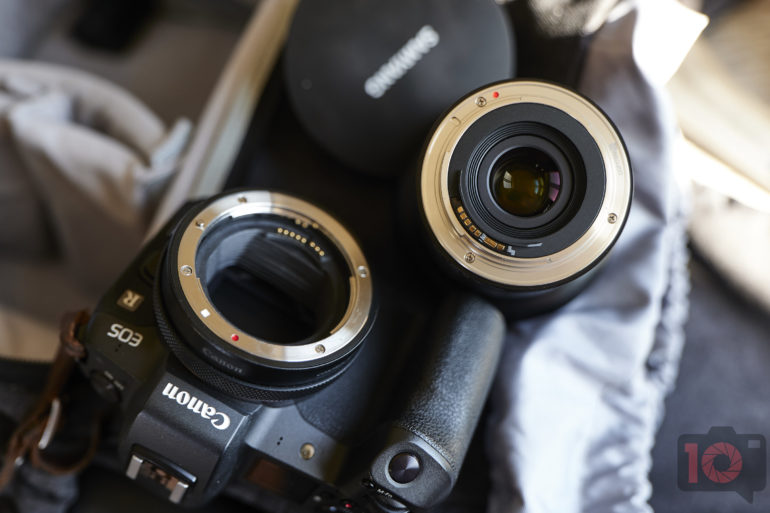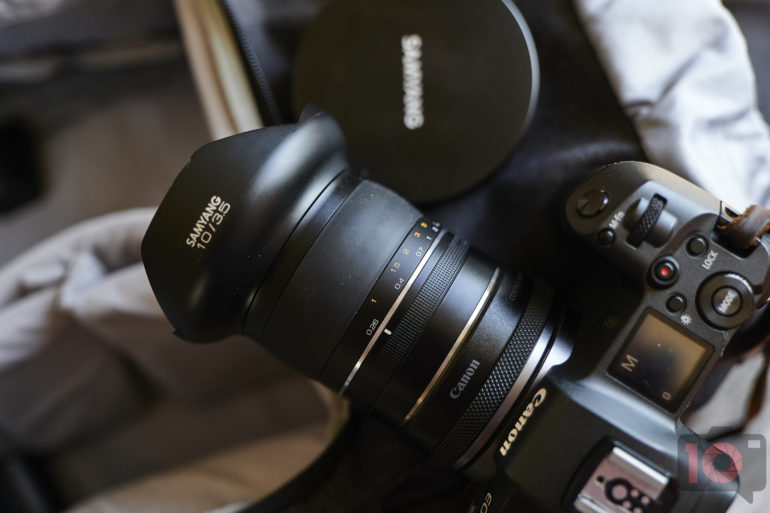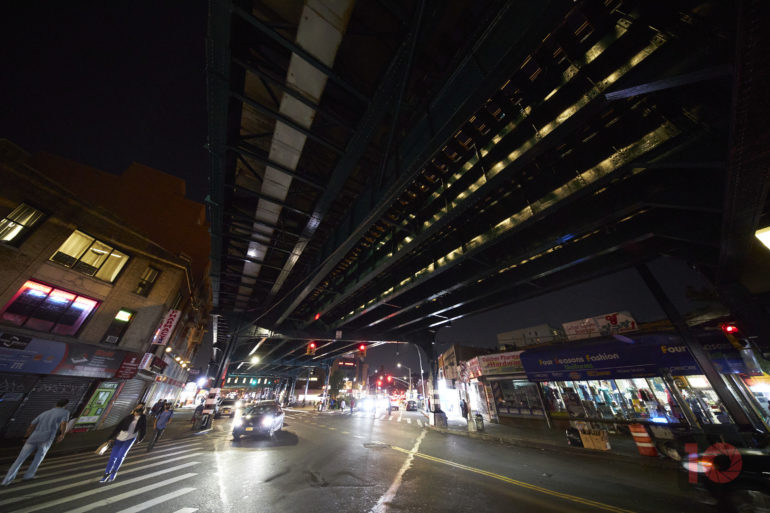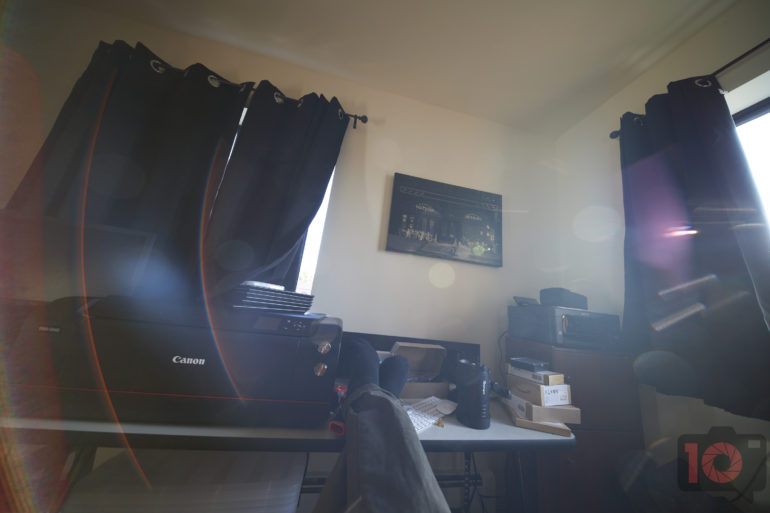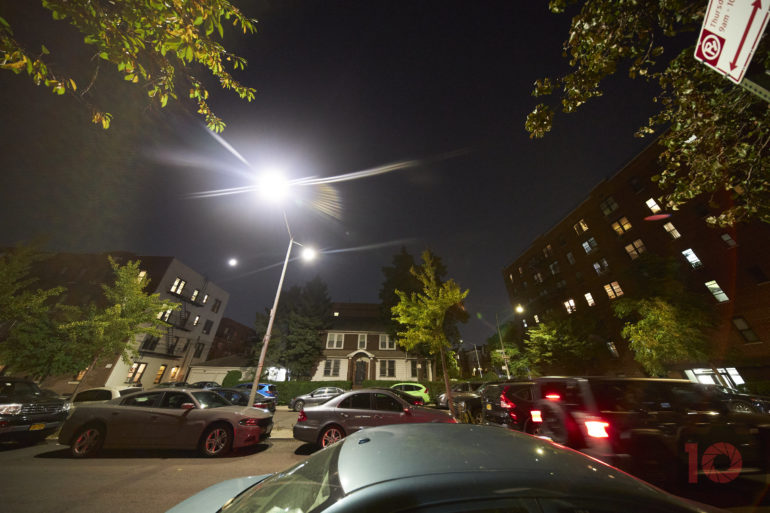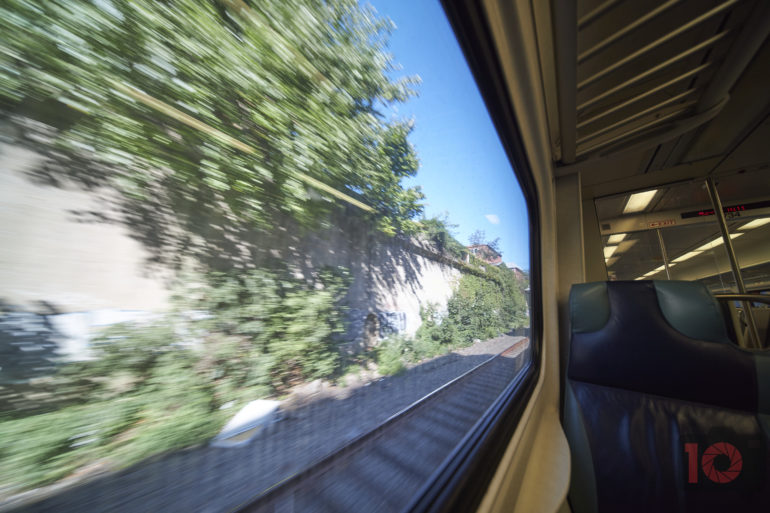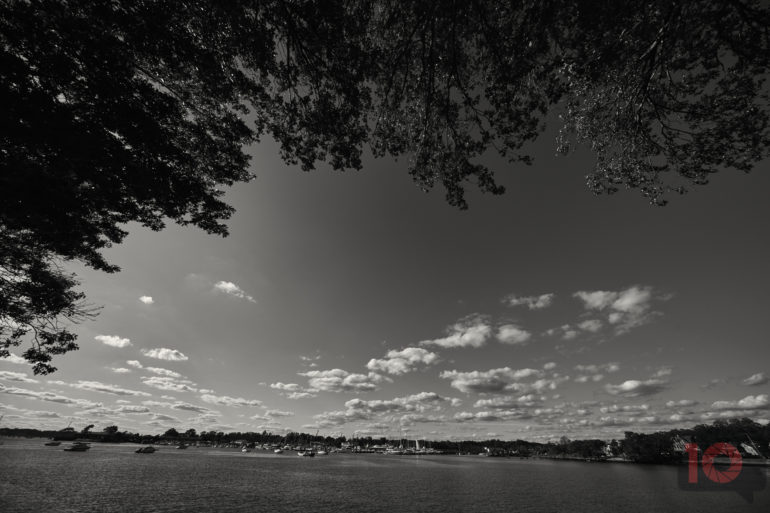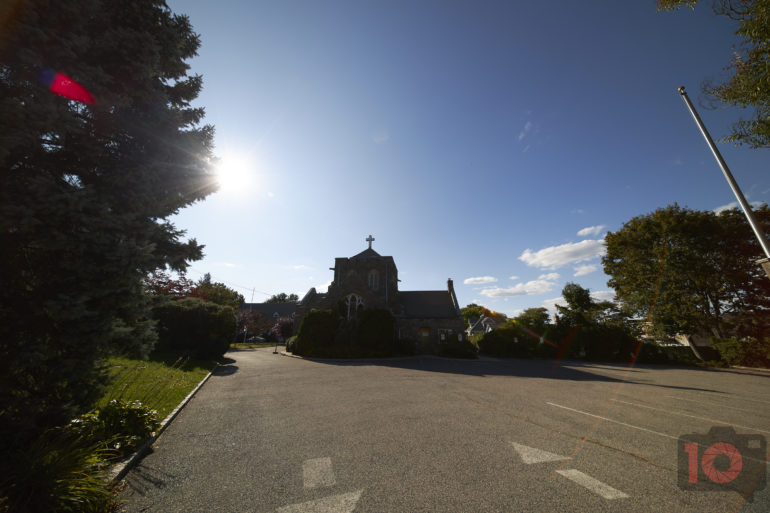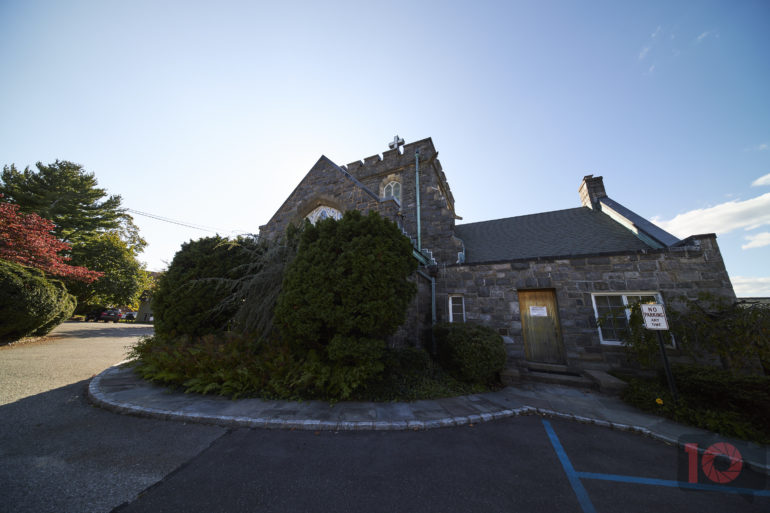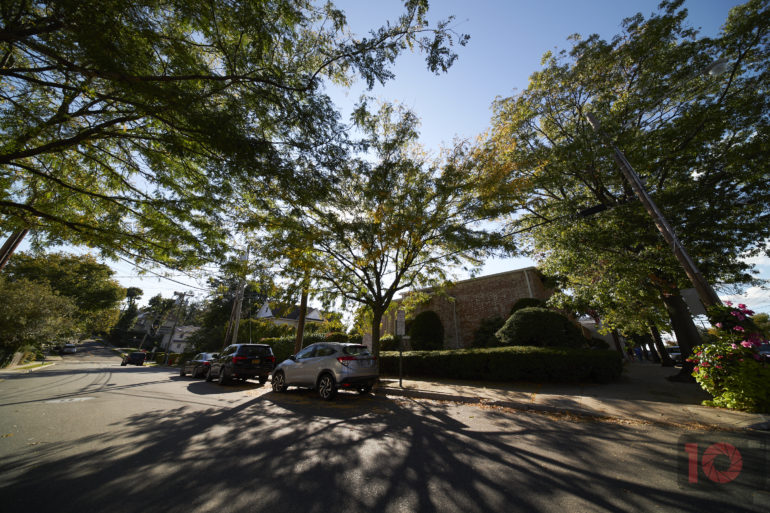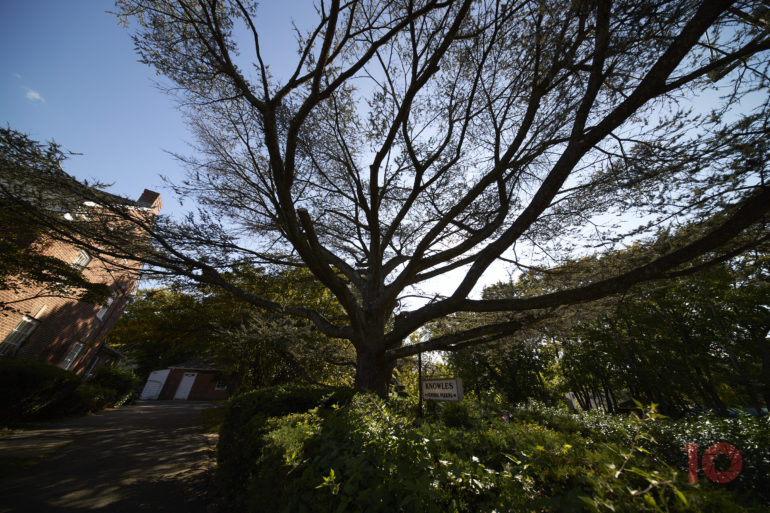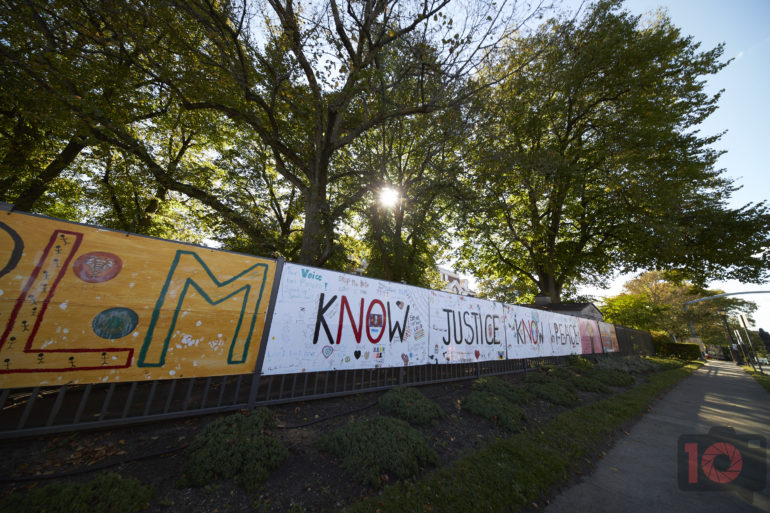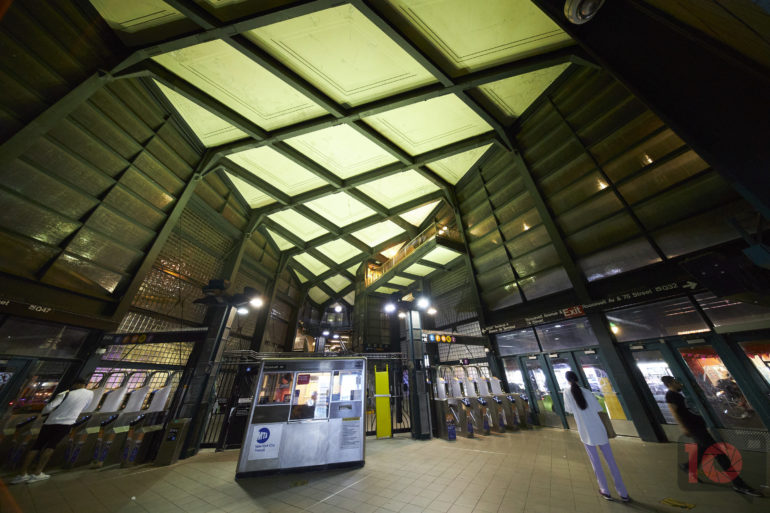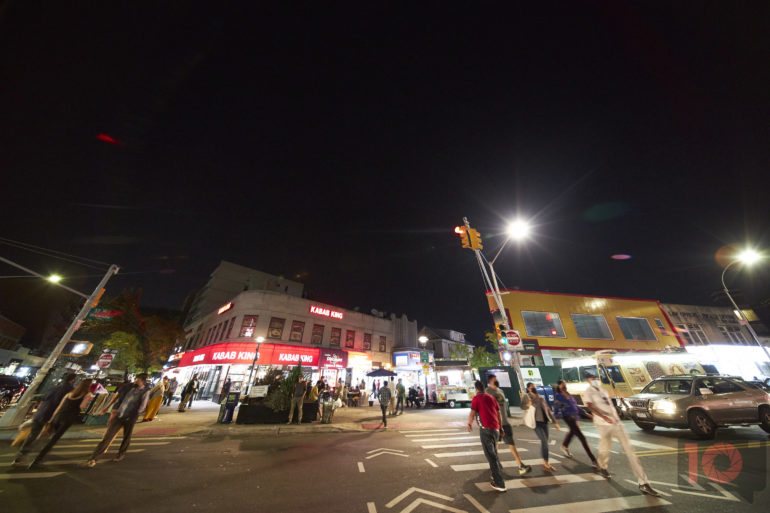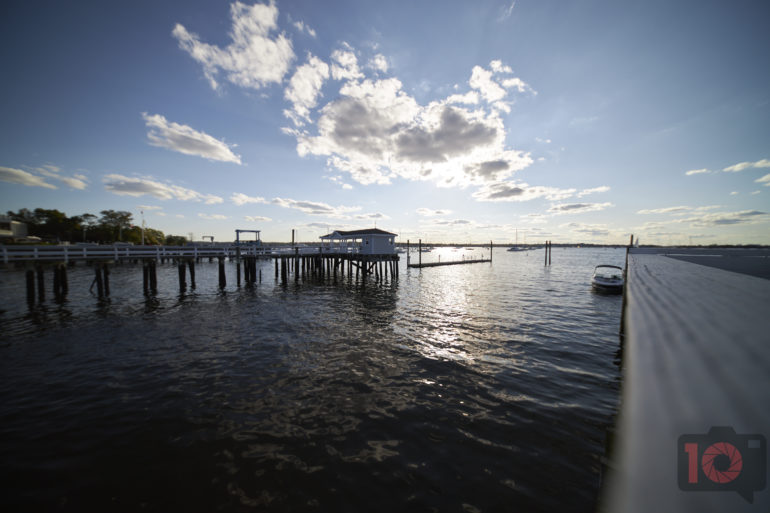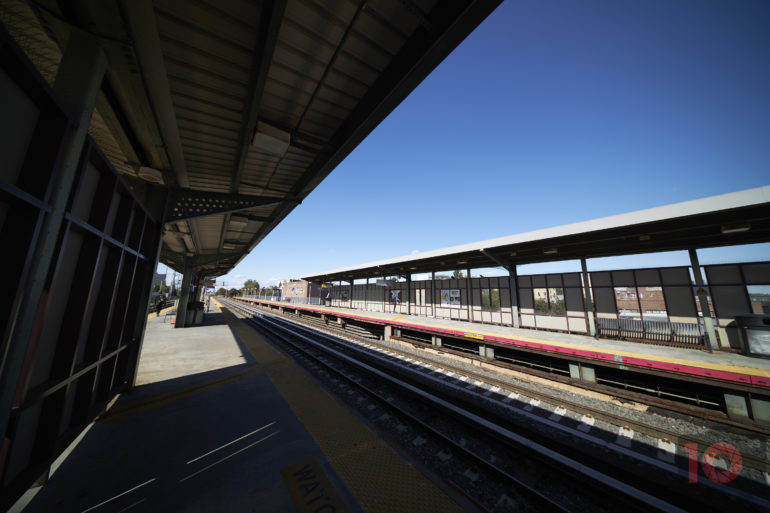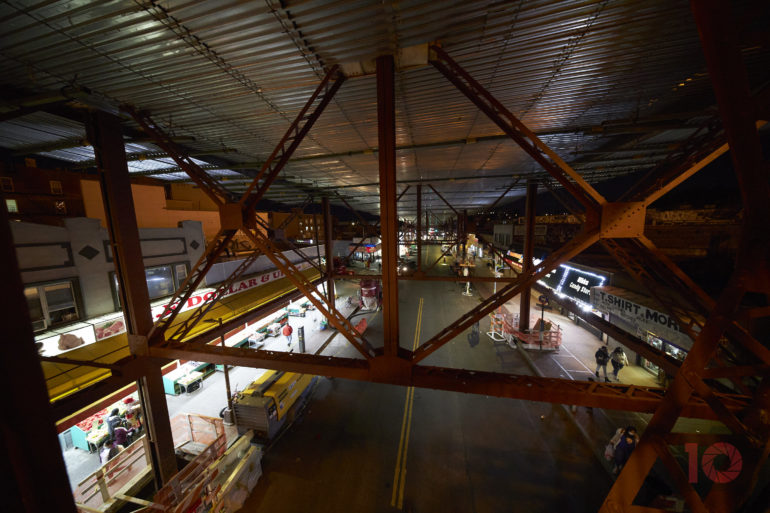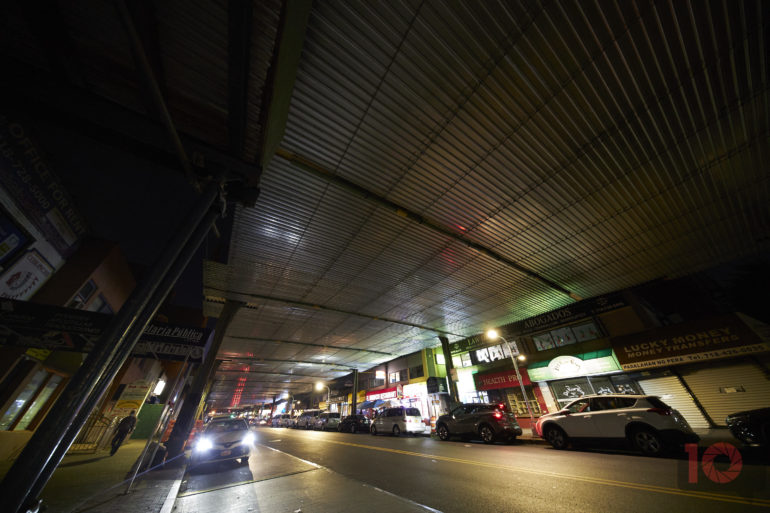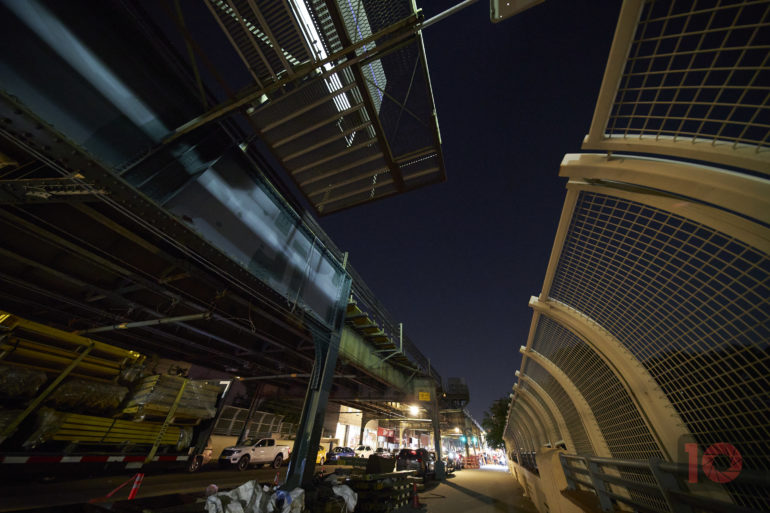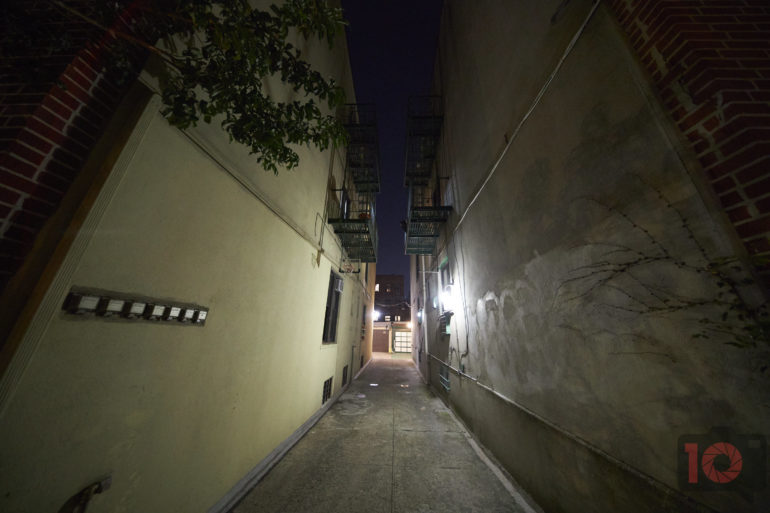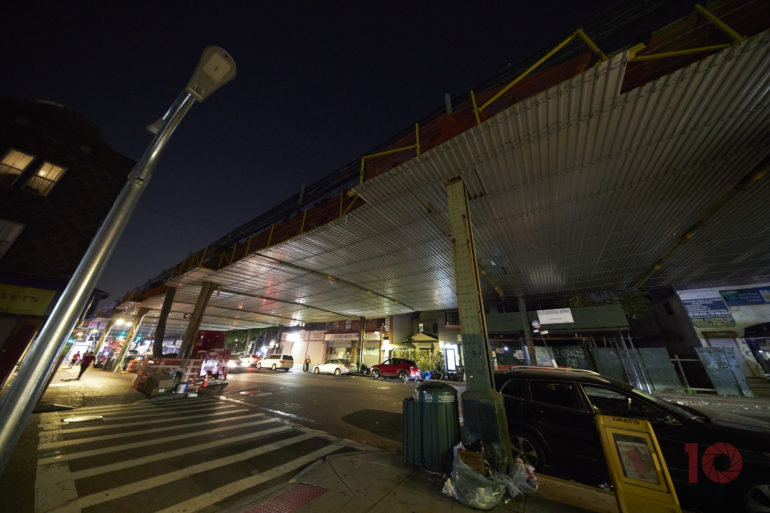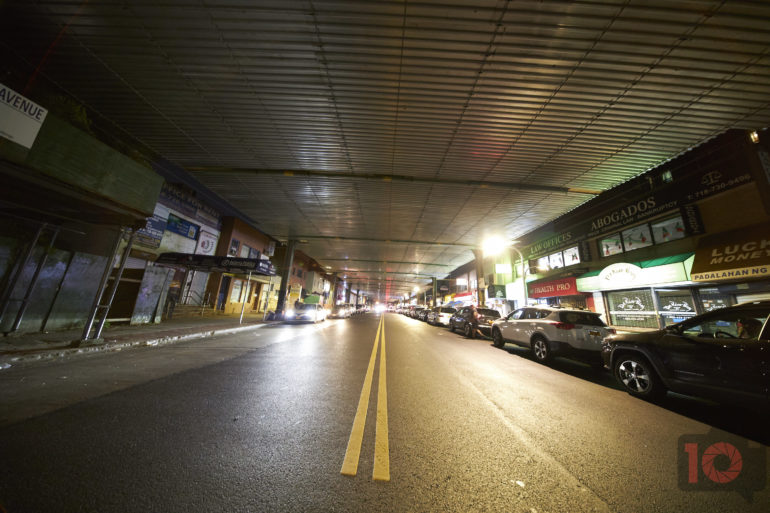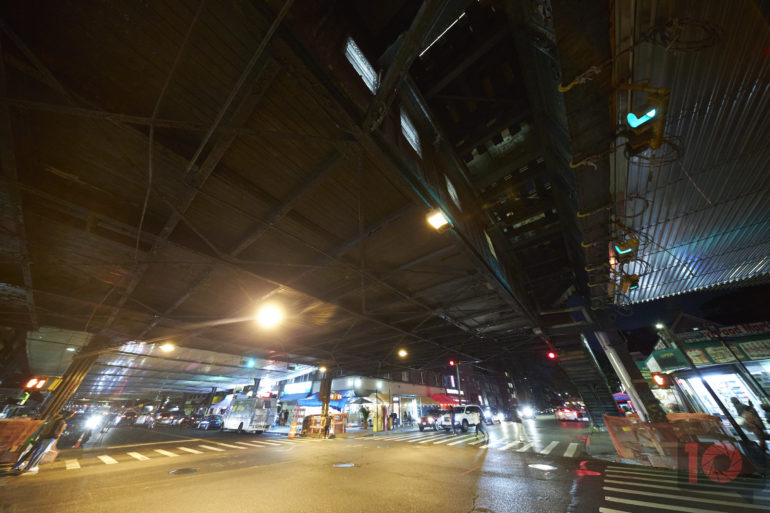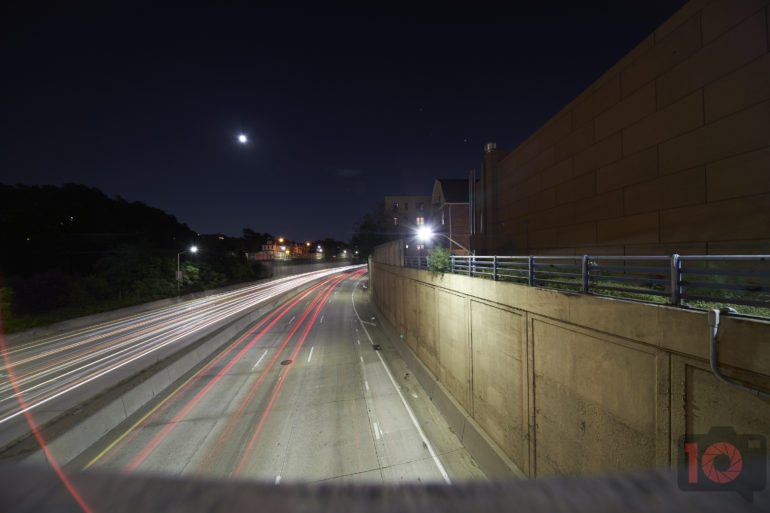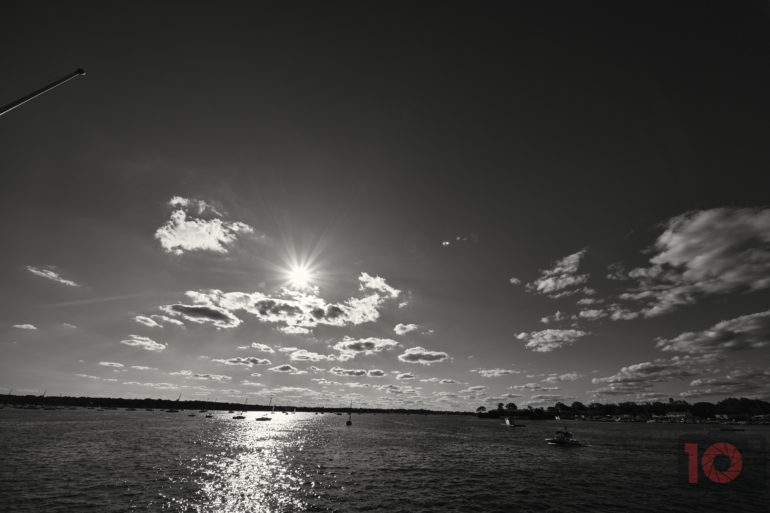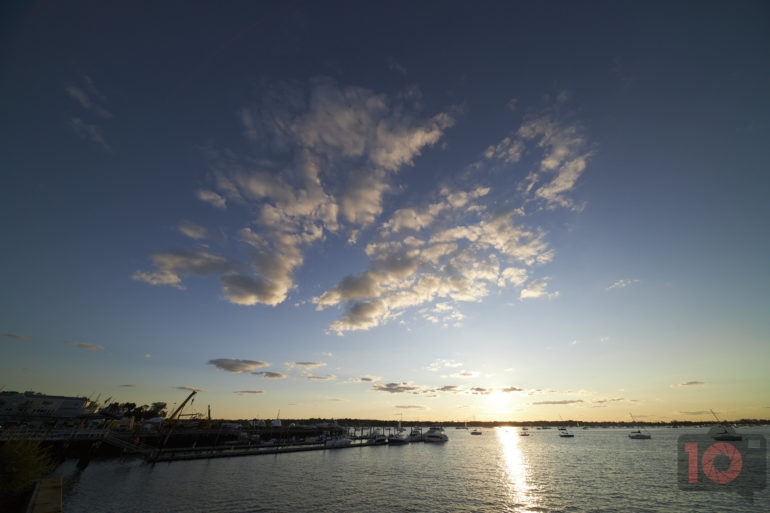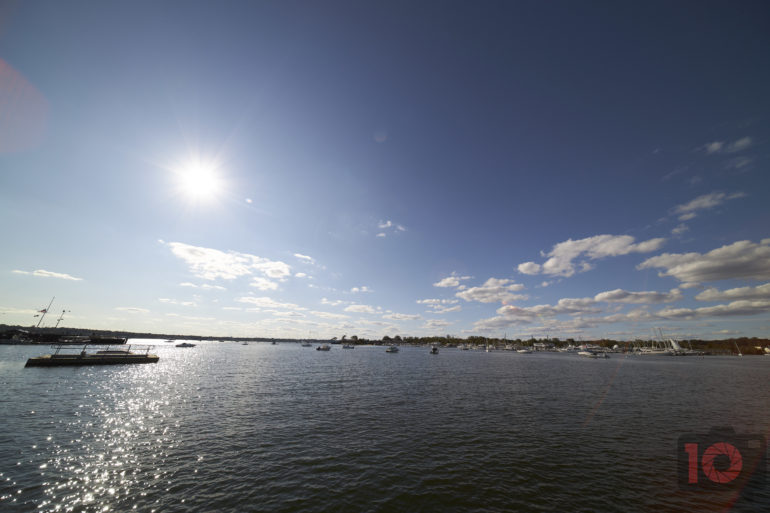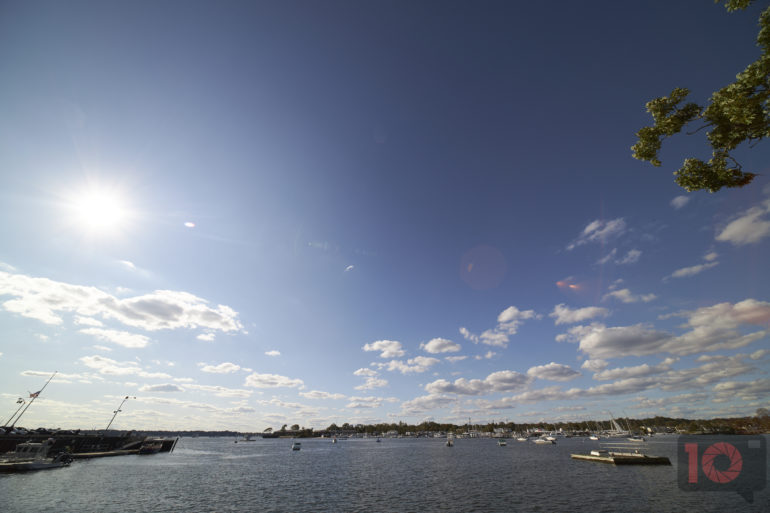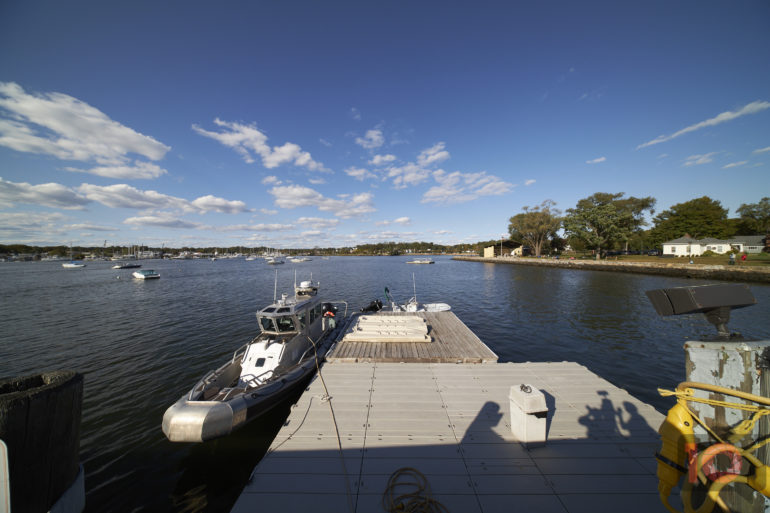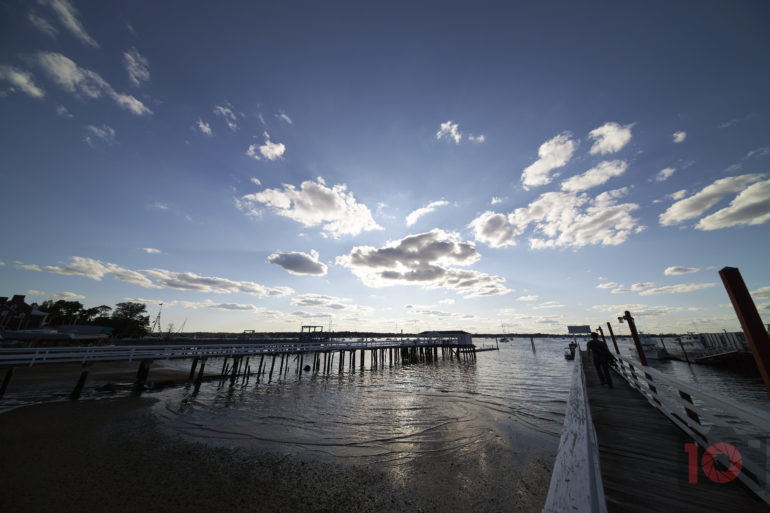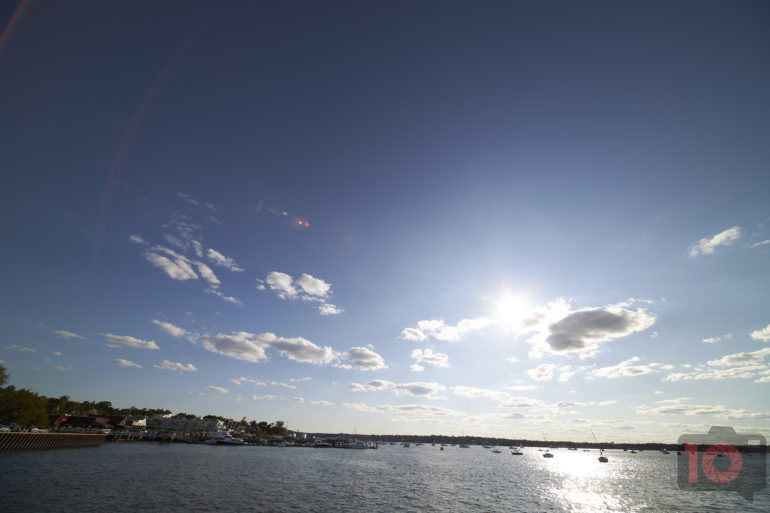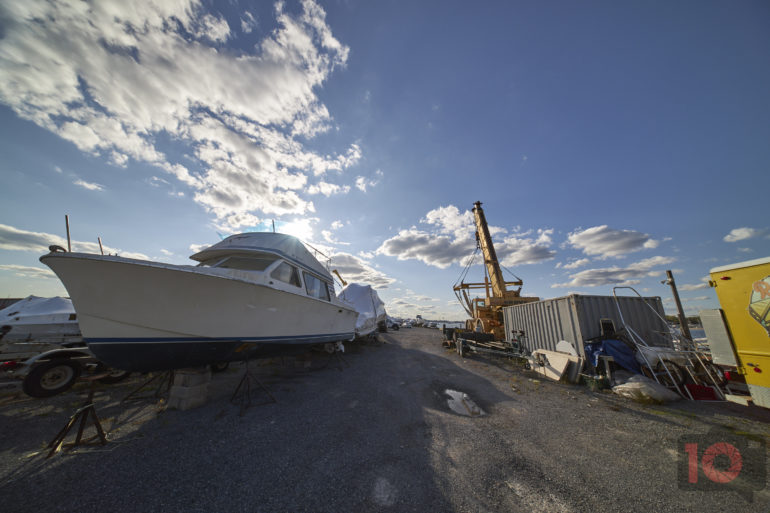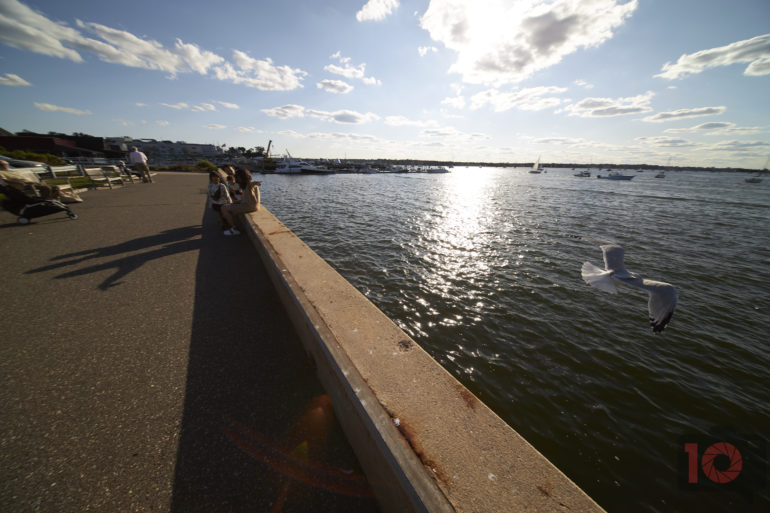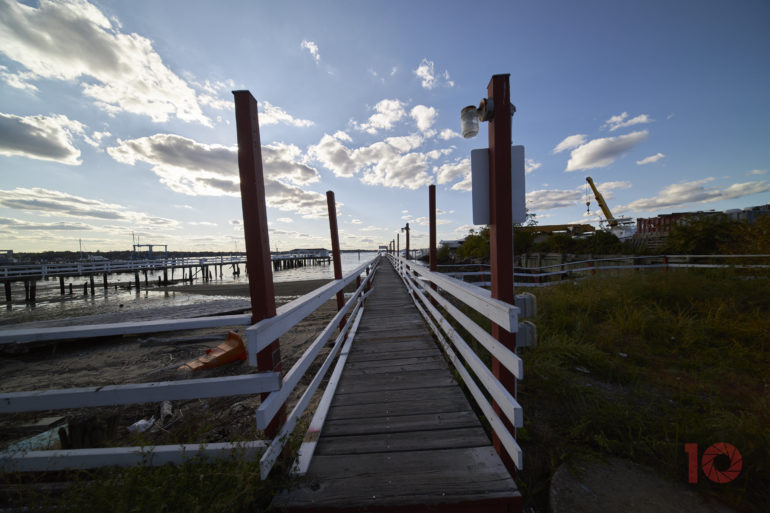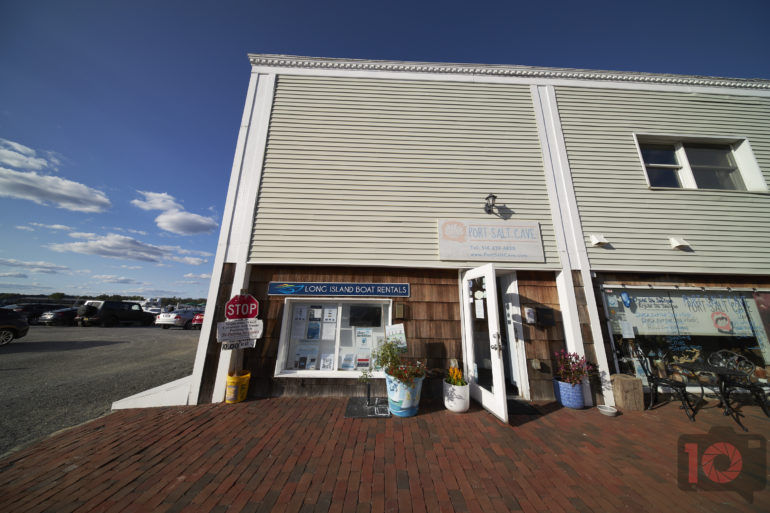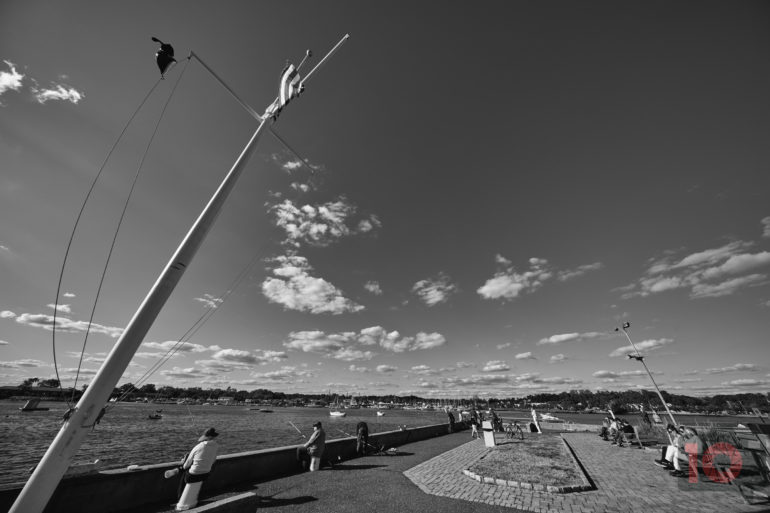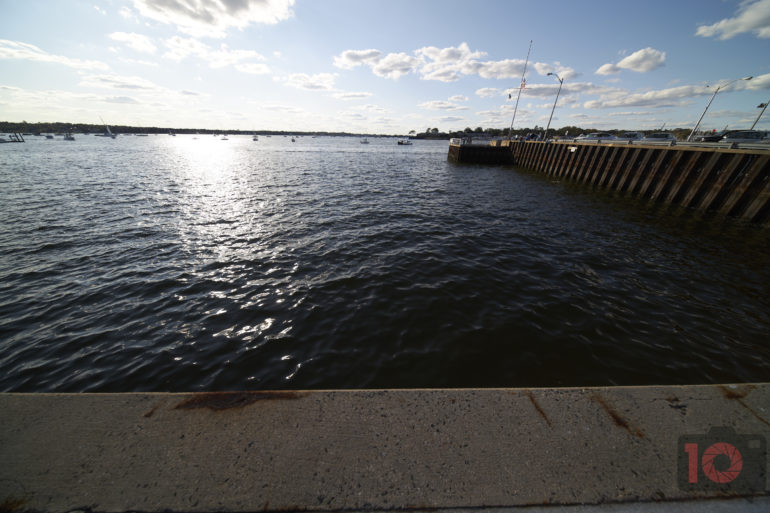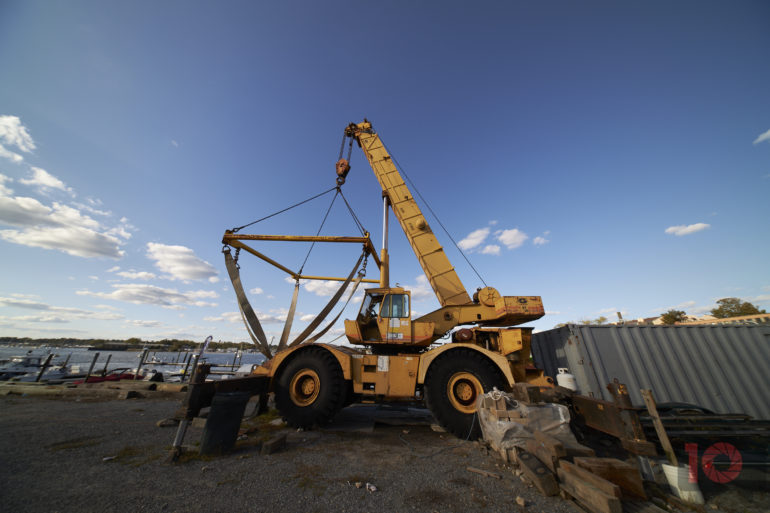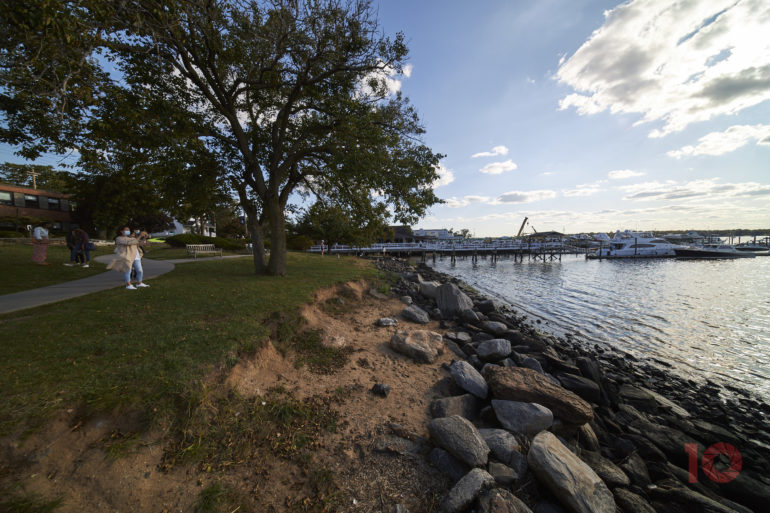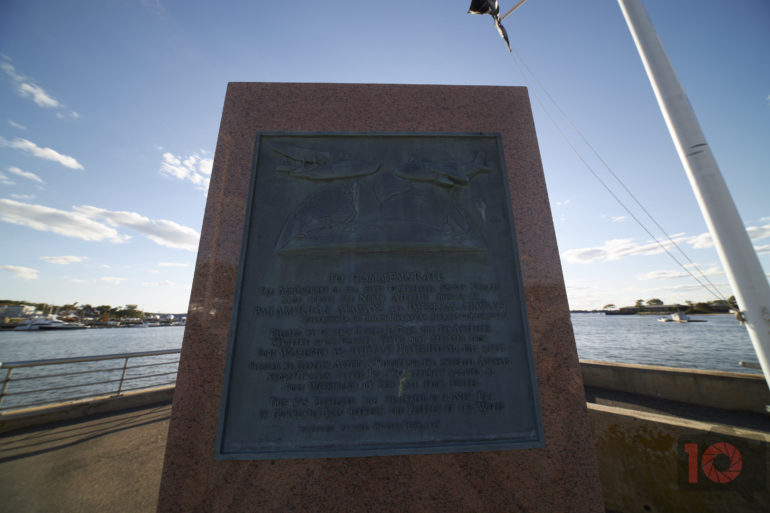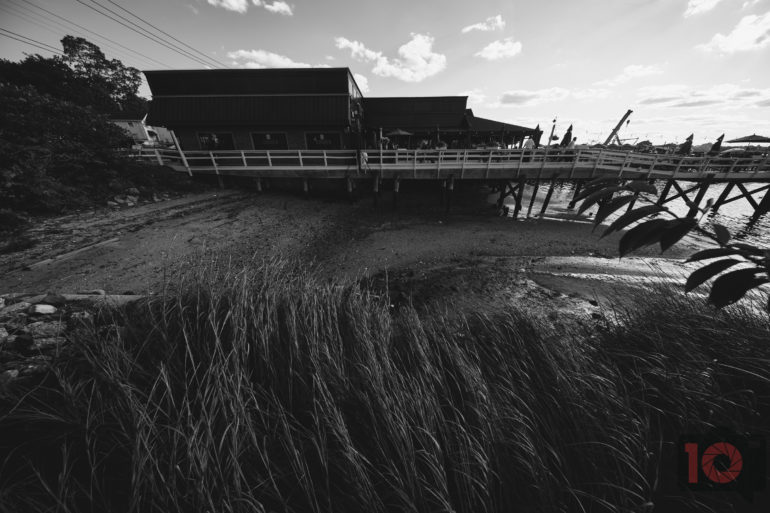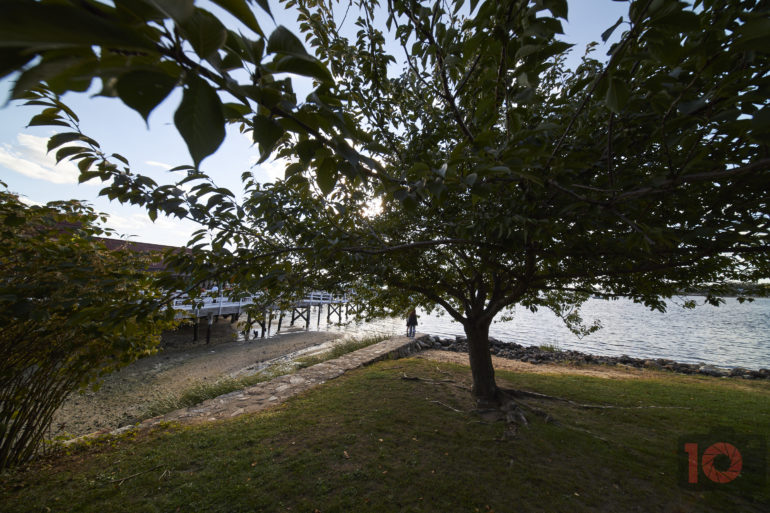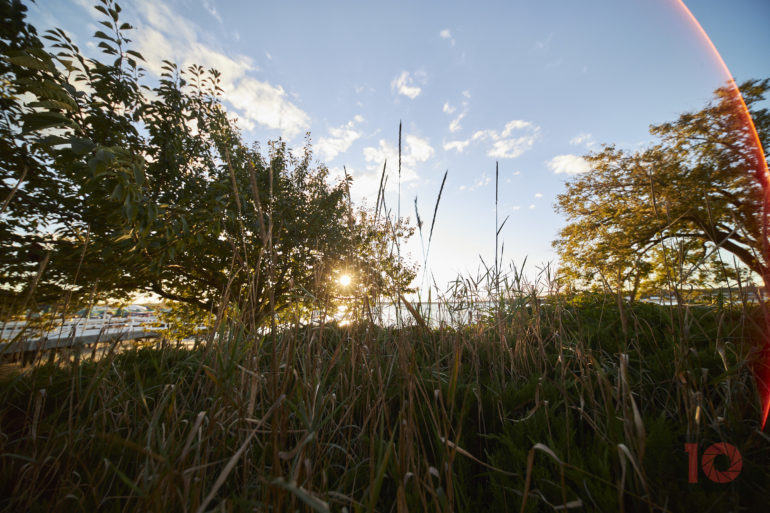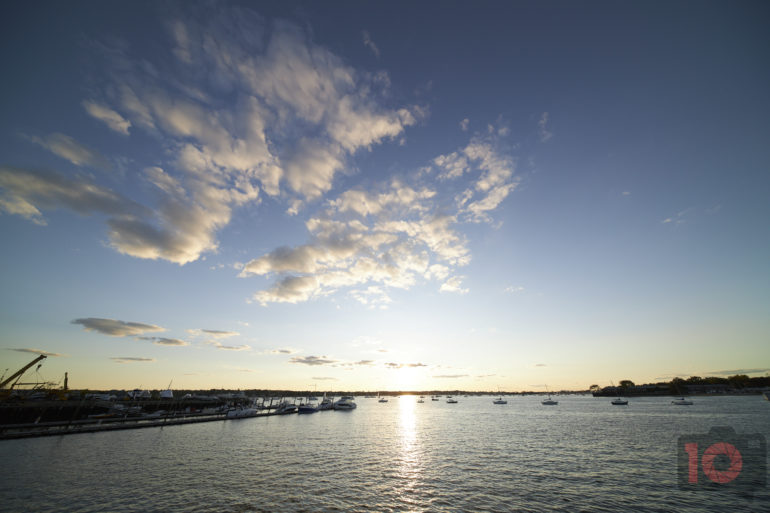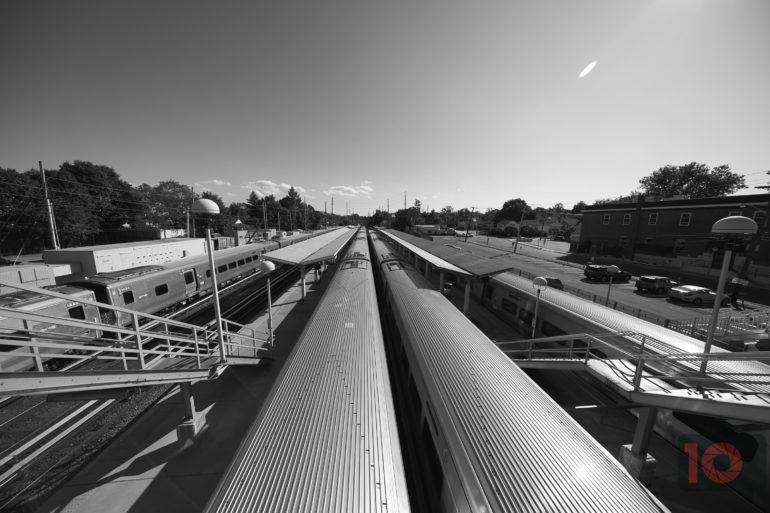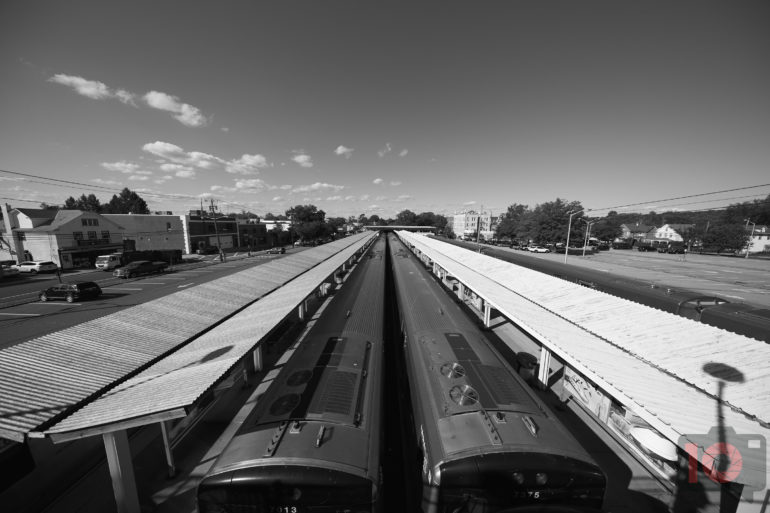The Samyang XP 10mm f3.5 is a fantastic lens in so many different ways.
At first, I thought that the Samyang XP 10mm f3.5 would be very difficult to use. But then I went about photo walking–and it became second nature. The world suddenly became a bit more magical. Good cameras and lenses fo that for you. And the Samyang XP 10mm f3.5 really did that for me. It also helps when I put it on the camera that unicorns appear to vomit out truck tons of free money. I’m kidding–it just makes things look larger than they really are at times. Nonetheless, ultra-wide-angle primes are amongst the funniest to use.
Table of Contents
Pros and Cons
Pros
- It has connection points, so there is full communication.
- It can take full advantage of the Canon RF Rangefinder system.
- Feels great in the hand
- Aperture control can be done via the camera.
- Solid build quality
- Gorgeous lens flare
- Probably their sharpest lens wide open
- These colors have a character all in their own
Cons
- The bulbous front doesn’t let you mount a filter.
- It’s for EF mount, but it’s best used with the Canon EF to RF adapter.
- They claim it to be distortion-free. There’s distortion, but it’s very well controlled.
Gear Used
We used the Samyang XP 10mm f3.5 on the Canon EOS R.
Tech Specs
Technical specifications are taken from Samyang’s website
- 18 elements in 11 groups
- 3 Aspherical elements, HR 1, ED 3
- 7 aperture blades
- Weather sealing
- 731 grams
- 10.6 inches close, focusing
- Permanently attached lens hood
- An Ultra Multi-Coating has been applied to individual elements to minimize ghosting and flare for increased contrast and color neutrality when working in strong lighting conditions.
Ergonomics
There isn’t much to the Samyang XP 10mm f3.5’s ergonomics, honestly. There’s a massive front element since this is such a wide-angle optic. The included hard-plastic lens cap goes over this to protect it. Of course, that means that you can’t attach a filter to the front. For some, that’s probably going to be annoying.
This lens doesn’t have any external controls except for the manual focus ring. There isn’t a zone focusing scale. Only a focusing scale in feet and meters. This has been adapted to the EOS R, and I controlled the aperture through the ring on the adapter. Otherwise, you’d do it through the camera. It worked out well, and I can’t really fault it at all.
Build Quality
The Samyang XP 10mm f3.5 has weather sealing towards the back of the lens. We didn’t use it in the rain, however. So we don’t know how durable it is in real life weather resistance situations. However, it survived a few splashes of the Long Island sound with no problems. It does all this while having a metal exterior and being lightweight. Indeed, the Samyang XP 10mm f3.5 is built very well. But I’d still like to see a weather sealing diagram. Some of the company’s lenses don’t seem to be as weather-sealed as many other options on the market. And for a lens like this that begs to be outside, it really matters.
“Because there are focusing contacts, it also worked with the Canon rangefinder system very well. In my mind, there’s almost no reason to zone focus with it. You’re most likely going to get something in focus.”
Ease of Use
For starters, this is a manual focus lens. But it’s so wide that you’re not going to have trouble focusing it. It’s incredibly fun, actually. Further, this lens is very sharp and contrasty wide open. Because there are focusing contacts, it also worked with the Canon rangefinder system very well. In my mind, there’s almost no reason to zone focus with it. You’re most likely going to get something in focus. And at f8, it’s hard to get something not in focus at all. Still, some folks may complain about the manual focusing set up.
Focusing
As stated, this is a manual focus lens. So you’ll need to choose a focusing point and focus the lens on it. The Canon system will tell you how far off you are from it. Generally speaking, you’re not going to have any trouble getting the lens to focus at infinity and set to f8. It’s hard to not get something acceptably usable with this lens. In fact, it’s foolproof.
Image Quality
The Samyang XP 10mm f3.5 exhibits genuinely fantastic image quality. While Samyang will say that it’s distortion-free, I’ll say that this statement is a bit of a stretch. It’s close, but not perfect. Admittedly, it’s also effortless to use. That just translates into better photos that you have to do less work for. The sharpness, colors, and bokeh are excellent. The distortion is kept down, and we didn’t find any problems with fringing. But most of all, we had a lot of fun with this lens.
Bokeh
One wouldn’t think that a lens like this can create any bokeh at all. But it sure can. The lens can focus incredibly close. With that said, it’s still not going to have gorgeous creamy bokeh. It’s hazy at best. In fact, it’s always easy to make out the backgrounds you see. So I wouldn’t buy this lens for the bokeh. But just know that it’s possible.
Chromatic Aberration
In this section, we’re going to explore the distortion, the beautiful lens flare, and a few other things worth talking about. First off, the above image is exploring the distortion a bit. You see it here because things are closer as they get around the edge of the frame. This is acceptable for sure. But there’s still distortion for sure. Yet, for a 10mm lens, this is exceptional, and I’d dare to say innovative.
Here’s another photo. Again, I think that the distortion is kept down very well, but it’s still there.
The subway lines in Jackson Heights, Queens, are a great place to test for distortion. And of course, I’m showing once again that there is some.
Now here is where I’ll speak about anomalies. Some folks may sit there and complain about lens flare. But I adore it. I think it’s stupid that we try to add it back in post-production. The Samyang XP 10mm f3.5 embraces it. And it’s stunning!!!!
If you get a smear or a fingerprint on the lens, it will affect how the light hits the front element. But that’s common.
This photo was shot with slower shutter speed while inside the Long Island Rail Road. You can totally see the effects of distortion here. But personally speaking, I adore this. Everything else out there is very sterile, and this is a lovely creative effect.
Color Rendition
Samyang has always been fantastic with color rendition. They’ve got a character all their own. And this lens is no exception to that standard. The colors here are saturated and gorgeous. They remind me a bit of older Canon lenses. But I think that anyone buying this lens will really like it.
Sharpness
If you stop the lens down and focus out, you’ll get tons of sharpness. The details will be incredibly crisp, and you’ll pour over all of them with curiosity. Admittedly, I’ve seen sharper lenses. However, none of them are this wide. So for the Canon system, I think this lens is a standout option.
Extra Image Samples
Conclusions
Likes
- Build quality
- Small size
- Fun to use
- Lens flare
- Sharp image quality
Dislikes
- I understand that there is innovation, but it’s pretty pricey at around $1,000
I am all for innovation and finding a way for companies to be sustainable. But I think that the Samyang XP 10mm f3.5 is fighting a challenging game here. Yes, it’s very wide. It has some weather sealing at the mount. There isn’t a whole lot of distortion. It has focusing and exposure contacts. That’s all wonderful and well-deserving of the price point. But I look at things comparatively. There really is nothing out there. However, I’m still not 100% sold. If I knew that it was fully weather-sealed and could go with me everywhere, I’d probably consider buying it. This lens is incredibly fun to use, after all. And I admire that Samyang is finding a way to stand out from all the other brands out there. We need more of that. Personally, for me, I again really need to know that it’s fully weather sealed. If it is, then this is a lens that really deserves to be in your camera bag and on your camera too. If not, then the price should come down to around $750.
The Samyang XP 10mm f3.5 receives five out of five stars. Want one? Check them out on Amazon.


